Share
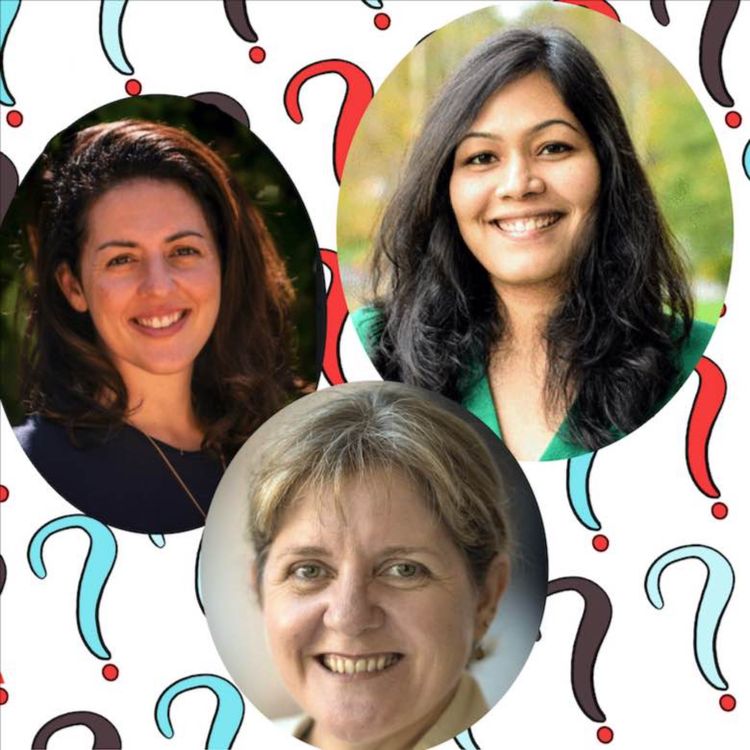
Research for What?
Who Needs a Mentor?
Season 1, Ep. 22
•
In this episode of Research for What?, I find out who needs a mentor. And how to find a great mentor!
This recording is from a live free panel discussion with three inspiring experts and scientists:
- Dr Vaishnavi Ananthanarayanan, an EMBL Australia group leader at the EMBL Australia Node in Single Molecule Science at UNSW Sydney. Previously, she was an Assistant Professor in the Centre for BioSystems Science and Engineering at the Indian Institute of Science in Bangalore. She is passionate about mentorship both as a mentee and a mentor.
- Dr Marguerite Evans-Galea, Executive Director of the Industry Mentoring Network in STEM (IMNIS) at the Australian Academy of Technology and Engineering and the co-founder and CEO of Women in STEMM Australia
- Dr Melina Georgousakis, founder of Franklin Women, an Australian women's organisation for women working in health and medical related careers. Melina also works as Policy and Research Manager for the Bupa Health Foundation.
The 3 fantastic panellists share their passion and experience and give lots of practical tips to find a great mentor! Some of the quotes in the chat were:
- "thank you so much .. such a great session";
- "I’m hoping to start my PhD in 2021, and have found this discussion to be hugely helpful. I will definitely be actively seeking mentors as I move forward. Very grateful to each of the speakers for your practical tips and insight!"
- "Thank you to all presenters for a wonderful session! I am one newly minted PhD grad who is now feeling very inspired!"
This event was supported by SMS, the ARC Centre of Excellence in Advanced Imaging and Research for What?.
Listen on Apple Podcasts, Stitcher, TuneIn, Spotify or Google Podcasts.
More episodes
View all episodes
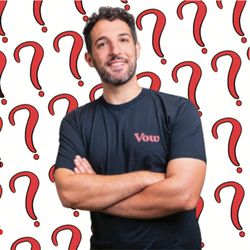
25. Culturing a woolly mammoth meatball on a Petri dish
34:05||Season 3, Ep. 25In this episode of Research for What?, I am very privileged to discuss with George Peppou, CEO and Founder of VOW, one of Australia’s most innovative food tech start-up. VOW’s mission is clear and simple – to ‘make ridiculously good meat’. It does this by culturing animal cells from traditional and new species. In fact, VOW’s aim is to bring any animal on the menu and recently made headlines for producing a woolly mammoth meatball. Last year, VOW raised ~US$50M in Series A funding. In this episode, I asked George how he went from developing an idea built on academic research to opening the largest cultivated meat facility in the southern hemisphere. Research and Development are key to VOW’s growth and innovation. They have hired or trained an incredible team of entrepreneurs, investors, scientists, innovators, engineers, artists, and chefs! Listen to this episode where George also talks about the attitude, culture and skills required to lead a successful start-up built on science, technology and research. For direct access to your preferred platform, go to Apple Podcasts, Stitcher, TuneIn, Spotify or Google Podcasts.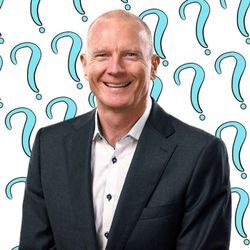
24. Cochlear - smart research and commercialisation
20:51||Season 3, Ep. 24In this new episode of Research for What?, I am very privileged to discuss with Dig Howitt, CEO and President of Cochlear Limited, one of Australia’s most celebrated advanced manufacturing success stories.Cochlear Limited was established in 1983 as a subsidiary of Nucleus, to commercialise the cochlear implant, also known as the bionic ear, an innovative technology developed by Professor Graeme Clark at the University of Melbourne. After more than 40 years of innovative research and sustainable commercialisation, cochlear implants have made significant strides in improving hearing outcomes for individuals with severe-to-profound hearing loss. To date, Cochlear Limited has provided more than 720,000 people with cochlear implants and has a global market share of more than 60%. Their commitment to advancing technology and improving patient outcomes has led to numerous breakthroughs in cochlear implant technology. In this episode, Dig Howitt explains why excellent research and development combined with smart commercialisation, are key elements of Cochlear’s innovation and success. A must listen!!For direct access to your preferred platform, go to Apple Podcasts, Stitcher, TuneIn, Spotify or Google Podcasts.Note: this episode was recorded before the last federal election so any reference to the current government actually applies to the former Government.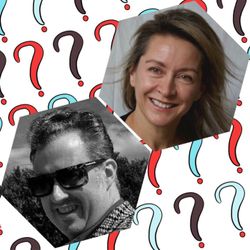
23. Bringing art and research together to bring down barriers for people with disabilities
31:26||Season 2, Ep. 23TRANSCRIPTIn this week’s episode of Research for What?, I learn about the work of legally-blind artist and researcher Dr Erica Tandori. Erica creates artwork to exhibit science to people with vision or hearing impairment, who traditionally don’t have access to research. Erica has spent the last couple of years in the Rossjohn Lab at the Biomedicine Discovery Institute at Monash University to understand, articulate and exhibit research and science using multiple senses like vision, touch, sound and smell.Here, Erica describes the similarities and parallels between art and research. She explains how bringing both together, in harmony, can be relatively easy and immensely rewarding. Erica’s mission and unique approach to making knowledge accessible to everyone are impressive and inspiring.In this episode, we are also joined by audio-designer and composer Stuart Favilla from the School of Design at Swinburne University. Erica and Stu produce extraordinary pieces, which not only touch artists and members of the public who are not familiar with research and its practice, but also speak to scientists and clinicians. They help researchers, who have been studying fundamental mechanisms and diseases for years, to see their work differently, as artists, turning structural biology models into sculptures. Erica and Stu recently launched a multisensory book titled ‘My Goodness’ (preview here). My Goodness is a series of 10 interactive ‘books’, combining tactile artworks, audio sonifications, braille-inspired protein molecules, large print, audio narration and braille supplements, which allow low-vision, blind, hearing-impaired and general audiences alike, to explore research on gut health, nutrition and immunity. It even comes with a pop song that can be heard at the end of this episode!Find more examples of Erica’s and Stu’s artwork including:Erica’s websiteThe Monash Sensory Science initiative (video of the 2019 Sensory Scientific exhibition here)Covers of scientific journals that Erica created (here)The HIV data projection project (video here) and the HIV CousCous Project (video here)For direct access to your preferred platform, go to Apple Podcasts, Stitcher, TuneIn, Spotify or Google Podcasts.
21. Collaborate: why, when, how? with Mark Elliott - Collabforge
39:57||Season 1, Ep. 21In this week’s episode of Research for What?, I talk with Mark Elliott, Managing Director and Founder of Collabforge. Mark has made it his career and business to help individuals and organisations collaborate. Here he shares tips on how to establish successful collaborations that will deliver innovative outcomes. A clue? Setting clear expectations early. He also explains how to keep momentum through long and multi-disciplinary projects. If you want to learn when and how to collaborate efficiently in a complex team, what to do before, during and after a large collaborative project, listen on Apple Podcasts, Stitcher, TuneIn, Spotify or Google Podcasts.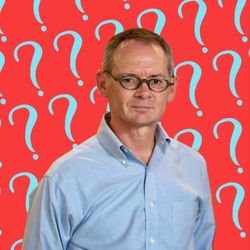
20. Why publish and who decides what a great paper is? with Justin Gooding - ACS Sensors
39:10||Season 1, Ep. 20In this week’s episode of Research for What?, I talk with Prof Justin Gooding, ARC Laureate Fellow in the school of Chemistry at UNSW Sydney and Editor-in-Chief of ACS Sensors.Justin shares his views about the benefits of publishing for researchers from both academia and industry and tips to find the most suitable journal. Justin explains his role as editor-in-chief in attracting and selecting 'the best science'. We discuss the peer-review process, open access and who decides what makes a great paper. Justin also shares his thoughts on impact and impact factors...Listen on Apple Podcasts, Stitcher, TuneIn, Spotify and Google Podcasts for tips to get your work accepted.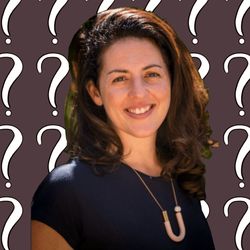
19. What challenges do women in research face and why is it impacting everyone? with Melina Georgousakis - Franklin Women
35:29||Season 1, Ep. 19In this week’s episode of Research for What?, I talk with Melina Georgousakis, Founder and Director of Franklin Women. Franklin Women is a grassroots organisation for women working in health and medical related careers. As I wanted to be more aware and conscious of women under-representation in research, I took the risk to expose my unconscious biases and ignorance on this very important (and sometimes controversial) topic!! My goal was primarily to better understand and talk about the challenges faced by women in research. Melina offers some advice for women (and men!) to tackle those challenges faced by women, and other under-represented members of our community. Importantly, she discusses why increased diversity and experiences generate better Research and Science, for everyone (individuals, organisations and communities more broadly). I asked Melina what initiatives exist and why they are different; and what works and what doesn’t work. Melina talks with passion, compassion (!) and respect for a cause she feels extremely strongly about. She explains who can help make a difference and how. For better Science & Research!Listen on Apple Podcasts, Stitcher, TuneIn, Spotify and Google Podcasts.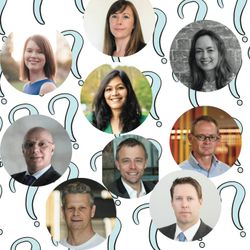
18. How to Maximise Research Impact?
55:51||Season 1, Ep. 18How can researchers boost their scientific discoveries for the benefit of our broader society? This virtual event was part of National Science Week and was recorded on the 21st August 2020.Designed primarily for research staff and students, this event was centred on a hypothetical scenario where a researcher, Dr Vaishnavi Ananthanarayanan from the Indian Institute of Science, was seeking opportunities to boost the impact of a scientific discovery. Five experts from different specialties, ranging from academia, publishing and commercialisation, made their pitches:Marcel Dinger, Head of School and Professor at the School of Biotechnology and Biomolecular Sciences at UNSW, will represent academiaJustin Gooding, editor-in-chief of ACS Sensors, will represent publishingJulio Ribeiro CEO of Inventia Life Science will be our start-up founder and entrepreneurNatasha Rawlings investment manager at Uniseed will be our early-stage investorMarthe D’Ombrain, Senior Director and Head Global Research Innovation at CSL, will represent the giant global biotech company On-call is Nicholas Milne, Engineer, Patent and Trade-Mark Attorney at Patentec. Nicholas was here to answer any questions about Intellectual Property. Experts called on Nicholas when they needed any clarification about Intellectual Property.In the final act, Erin Rayment, Chair of Knowledge Commercialisation Australasia and Director Engagement at the Queensland University of Technology, brought her expertise and experience to help our researcher clarify impacts.Which pathway did the researcher follow?You can also watch the video here.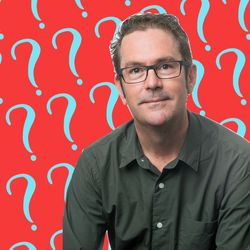
17. What are accelerators and should you join one? with Hamish Hawthorn
32:09||Season 1, Ep. 17Since Y Combinator was created in 2005, start-up accelerators are booming and competing to attract founders and researchers alike. But what are accelerators and should you join one?In this week’s episode of Research for What?, I talk with Hamish Hawthorn. Hamish has been the founder, director, advisor and investor of many start-ups. He was the Chief Executive of ATP Innovations, one of Australia’s first and largest incubators for start-ups and scale-ups. Hamish has vast experience working with founders through accelerator programs and has even been described as the god-father of the Australian start-up ecosystem. Here, he describes what accelerators really are and what they offer and gives insights to researchers who want to commercialise their discoveries. Can you really get mentorship, networking, education, market validation, and customers in 10 weeks?Listen on Apple Podcasts, Stitcher, TuneIn, Spotify and Google Podcasts.